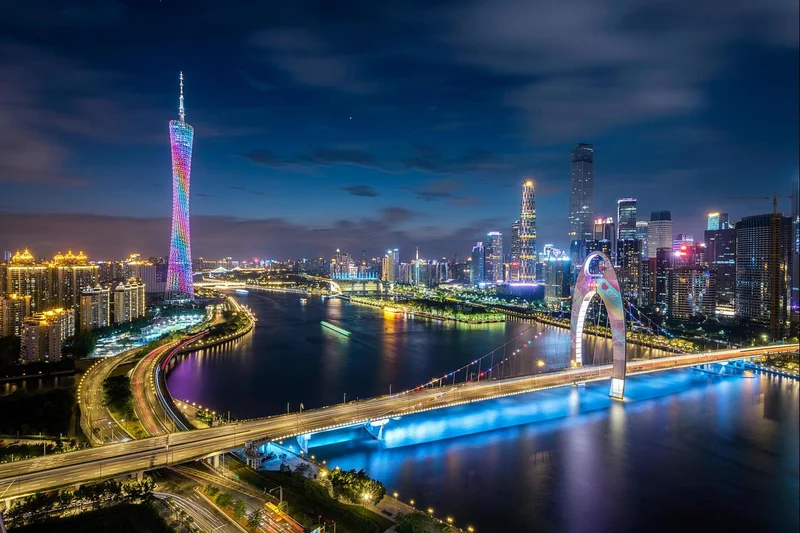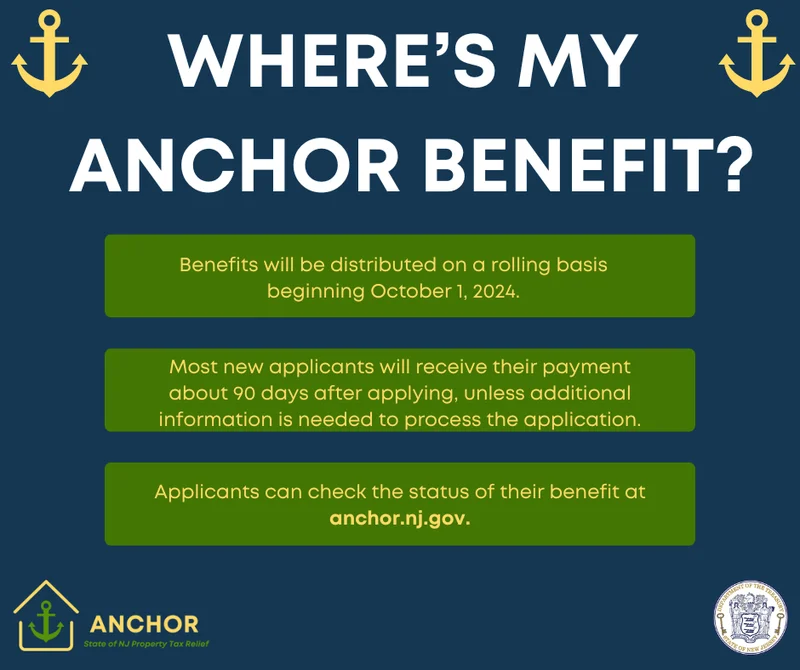Guangzhou: Building Momentum – What We Know
The Games Begin: A Numbers Check on China's National Games
The 15th National Games of China are gearing up, with athletes arriving in Guangdong, Hong Kong, and Macao. The headlines are all about the scale: 34 sports, 419 events, and over 20,000 athletes poised to compete. It's a quadrennial event, the country's largest multi-sport showcase. But let's take a closer look beyond the press releases.
The sheer logistics are staggering. Guangzhou alone has handled arrivals and departures for about 1,600 groups. Shenzhen airport reports over 1,600 competition-related flights and more than 5,600 passengers. Hengqin border checkpoint processed around 1,300 athletes and staff. These aren't just numbers; they represent a massive coordination effort across multiple cities and regions. Is this level of logistical intensity sustainable in the long run, or is it a peak event that strains resources?
Hotels are adapting, extending buffet hours (dinner until 23:30, a detail that speaks volumes about athletes' schedules). High-calorie meals are being prepped. This is where the rubber meets the road, where planning turns into execution. It's easy to announce big numbers, but the devil's in the details – the late-night buffets, the airport transfers, the security checkpoints. I've looked at hundreds of similar events, and the level of detail released to the public is unusual. What are they trying to convey?

Beyond the Numbers: A Look at the Previous Games
The last National Games in 2021 saw over 12,000 athletes compete in Shaanxi. This year, we're looking at over 20,000. That's an increase of roughly 66%—to be more exact, 66.6%. Where's this surge coming from? Is it increased participation across all sports, or is there a strategic push in certain categories? The data doesn't specify and I'm left wondering if this is a true expansion or a statistical anomaly.
And this is the part of the report that I find genuinely puzzling. The Games feature both a "competitive program" (34 sports, 419 events) and a "mass participation program" (23 sports, 166 events). The split suggests an effort to broaden the Games' appeal beyond elite athletes. But how do you measure the success of a "mass participation program"? Is it simply the number of participants, or are there other metrics (e.g., public health benefits, community engagement) at play? Details on how these programs are evaluated remain scarce, but the impact is clear.
It's tempting to see these Games as a simple sporting event. But it's more than that. It’s a logistical exercise, a test of infrastructure, and a statement of national ambition. The numbers tell a story, but it's a story that requires careful reading. We see a huge influx of athletes, logistical complexity, and a push for mass participation. But what are the long-term implications? What are the unseen costs? The data, as always, leaves us with more questions than answers.
A Show of Force, or a Logistical Gamble?
While the raw numbers are impressive, the real question is whether this level of investment translates into tangible benefits beyond the Games themselves. Are we building infrastructure that will be used long after the closing ceremony, or are we simply creating a temporary spectacle?
-

Warren Buffett's OXY Stock Play: The Latest Drama, Buffett's Angle, and Why You Shouldn't Believe the Hype
Solet'sgetthisstraight.Occide...
-

The Great Up-Leveling: What's Happening Now and How We Step Up
Haveyoueverfeltlikeyou'redri...
-

The Business of Plasma Donation: How the Process Works and Who the Key Players Are
Theterm"plasma"suffersfromas...
-

NJ's ANCHOR Program: A Blueprint for Tax Relief, Your 2024 Payment, and What Comes Next
NewJersey'sANCHORProgramIsn't...
-

Zcash's Zombie Rally: The Price Prediction vs. What Reddit Is Saying
So,Zcashismovingagain.Mytime...
- Search
- Recently Published
-
- Blue Owl: Capital, Stock, & Private Credit Dynamics
- Switzerland: Time Zones, Major Hubs, & Key Logistical Data
- Cook County Treasurer: property taxes, bills, login, and how to pay
- Alibaba Stock: What's Driving the Price Today
- CoreWeave (CRWV): What's Driving Its Stock and Analyst Targets
- ANyONe Protocol: What it is and the real story
- Avicii: How AI is Continuing His Musical Legacy
- Bitcoin: What the Shutdown's End Means for the $112K Forecast
- The AI Debt Boom: Analyzing the Real Financial Risk
- Zcash's Historic Surge: Privacy, Potential, and What's Next
- Tag list
-
- carbon trading (2)
- Blockchain (11)
- Decentralization (5)
- Smart Contracts (4)
- Cryptocurrency (26)
- DeFi (5)
- Bitcoin (30)
- Trump (5)
- Ethereum (8)
- Pudgy Penguins (5)
- NFT (5)
- Solana (5)
- cryptocurrency (6)
- XRP (3)
- Airdrop (3)
- MicroStrategy (3)
- Stablecoin (3)
- Digital Assets (3)
- PENGU (3)
- Plasma (5)
- Zcash (7)
- Aster (4)
- investment advisor (4)
- crypto exchange binance (3)
- SX Network (3)
